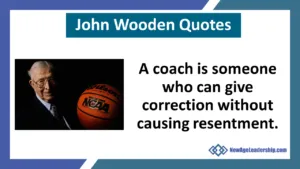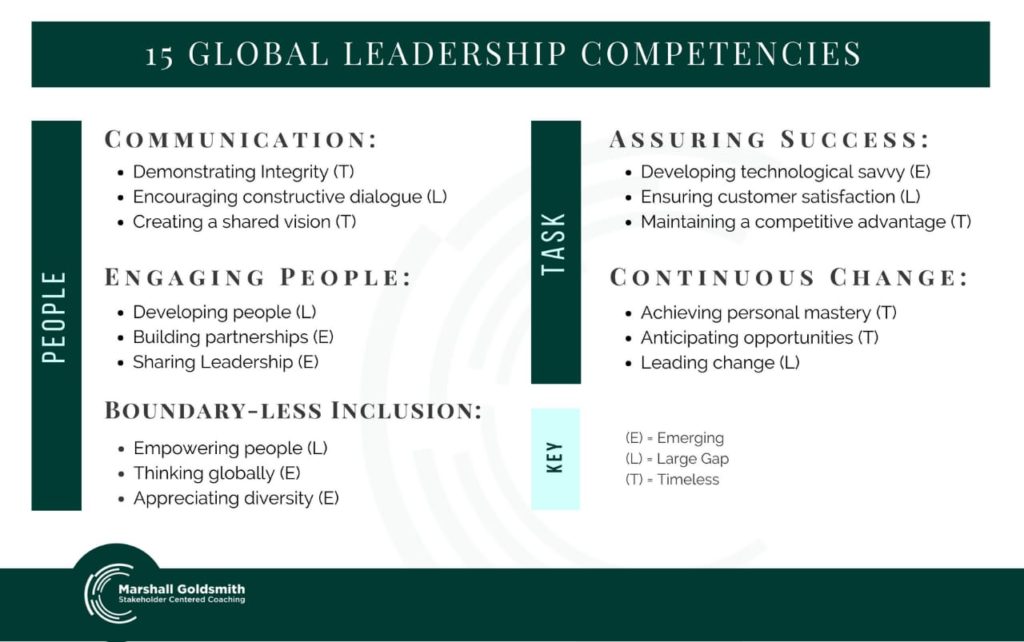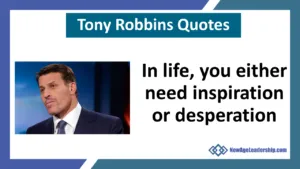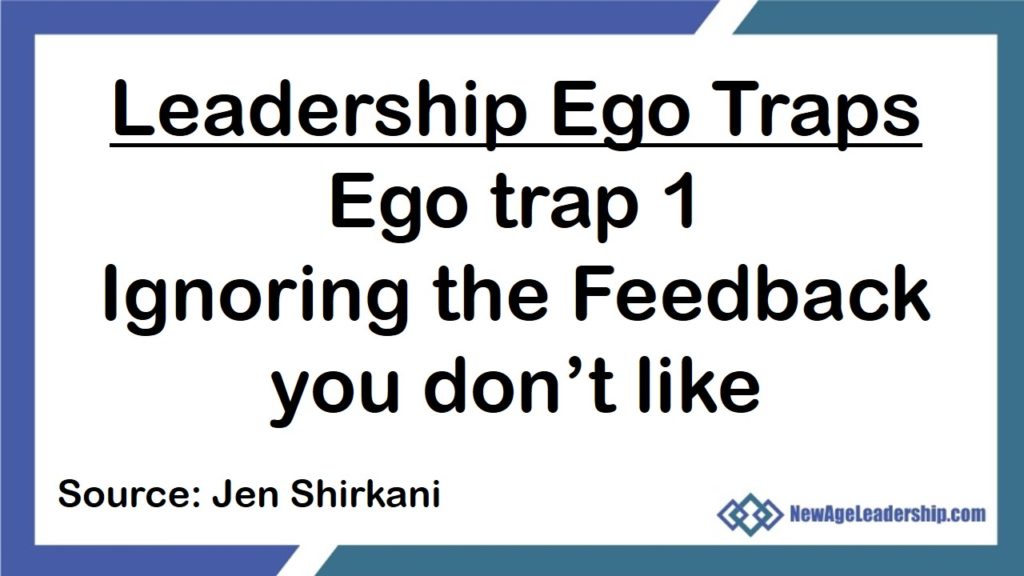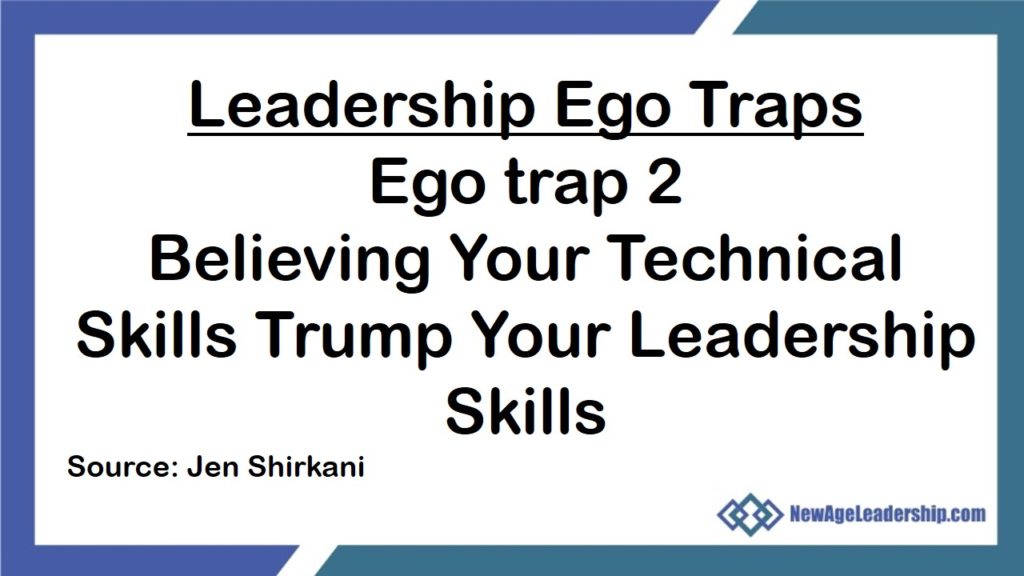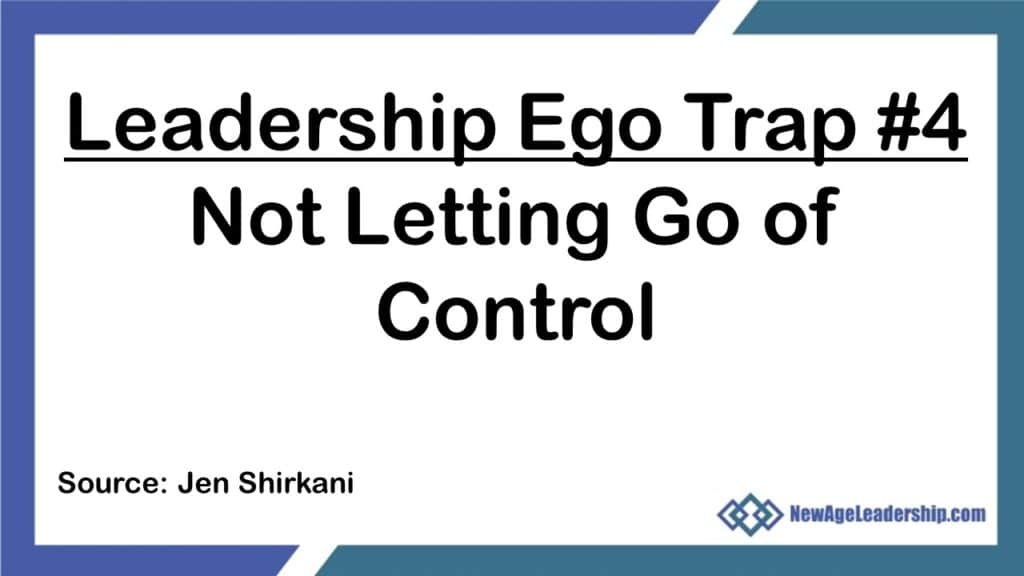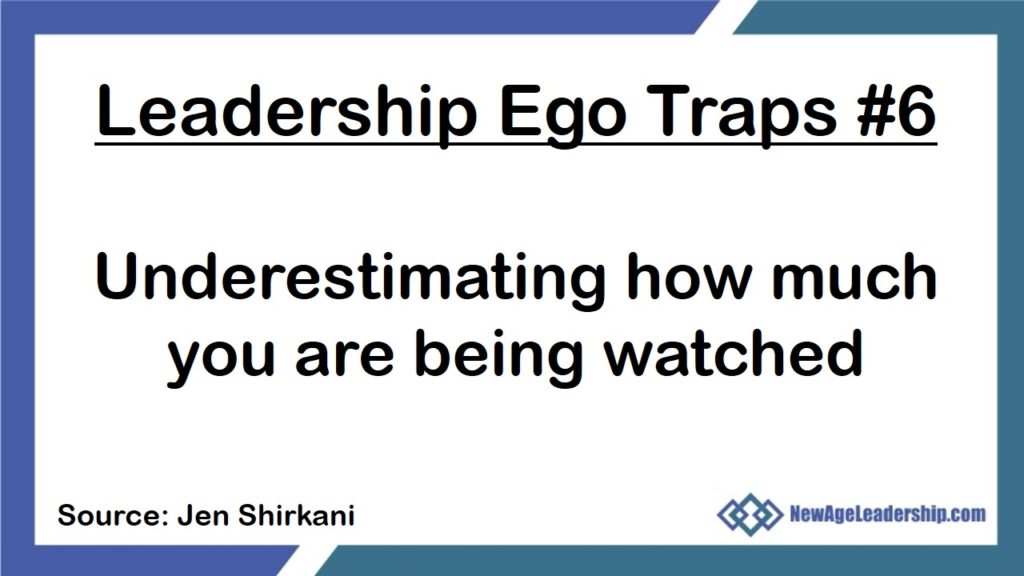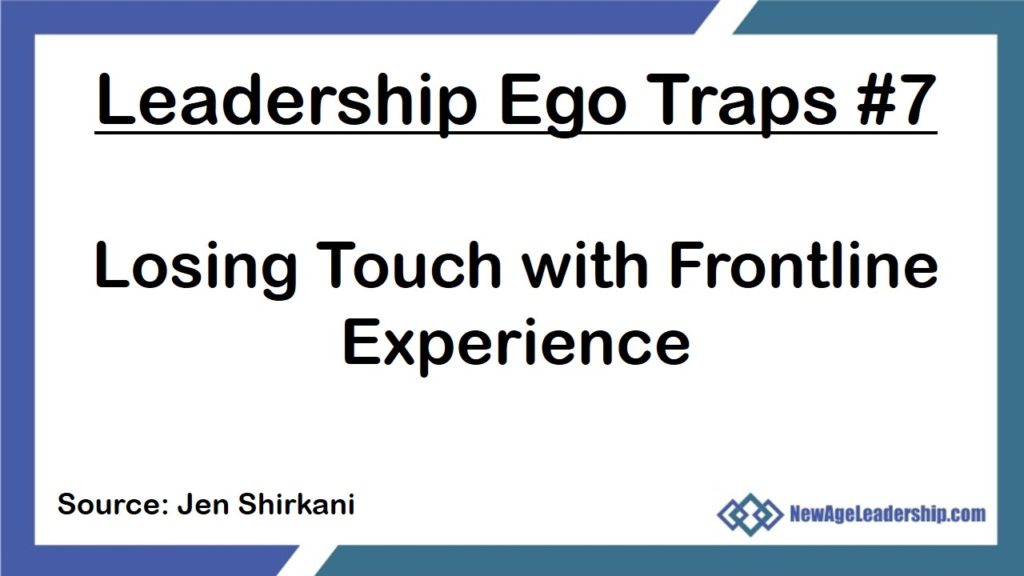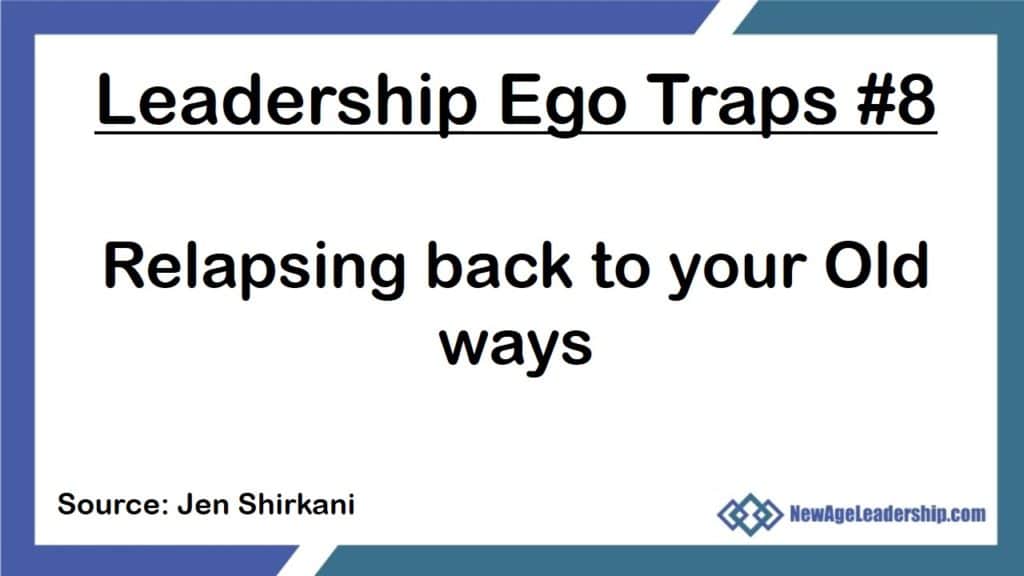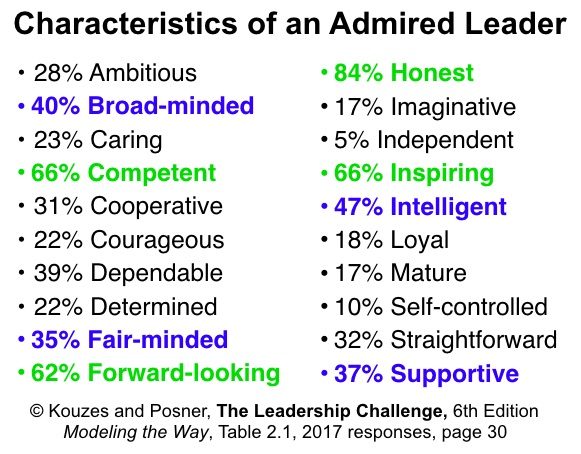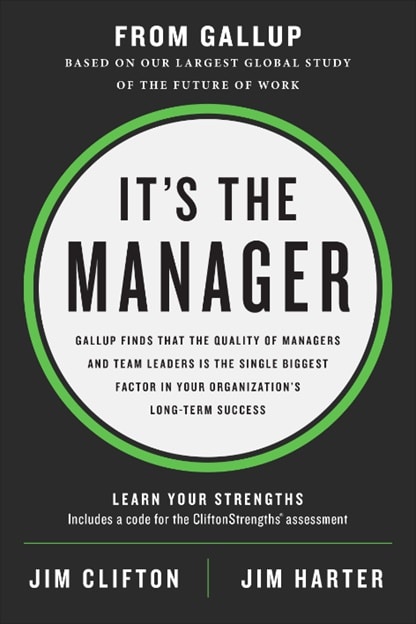Does practice make you better? Does leadership practice make you a better leader? Well, mostly not! For example, doctors 20 years into their career are no better in their skills than doctors who are only 5 years into their careers.
When you are a novice, you get better with practice. But only till you reach a satisfactory level of performance. After that point, more practice doesn’t make you any better, whether it is clinical practice, leadership practice or anything else. Unless you use the deliberate practice!
Deliberate leadership practice makes you a better leader! Deliberate practice makes you perfect in anything you want to get better at.
Does leadership practice make you better?
We all know the adage – practice makes you perfect. Does it really? If you have been a doctor for 20 years, you have 20 years of practice under your belt.
Would you not be better than doctors who only have been practicing for 5 years? Obviously the more the practice, the better you are supposed to get.
A study concluded that doctors 20 years into their career are no better in their skills than doctors who are only 5 years into their careers.
What could be the reason for this? When you are a novice, you get better with practice. But only till you reach a satisfactory level of performance. After that point, more practice doesn’t make you any better, whether it is clinical practice, leadership practice or anything else.
Unless you use the deliberate practice! Deliberate leadership practice makes you a better leader! Deliberate practice makes you better at anything. Read on to find out more about deliberate practice.
A study by Anders Ericsson
Eminent researcher and psychologist Anders conducted some research on the effect of practice on performance. He recruited Steve Faloona, an undergraduate student from Carnegie Mellon University to conduct an experiment on deliberate practice.
For a period of one hour, Steve had to listen to a string of random digits and try to recall and repeat the digits only from his memory. He started with recalling 6 digits. When he was successful in recalling 6 digits for a few repetitions, he would then get 7 digit strings to recall.
In case he had difficulty recalling 7 digits for a few repetitions, he would go back to recalling only 6 digits. Thus Steve was always pushing his limits and working at the end of his comfort zone.
We estimate the short term or working memory to hold just 7 bits of information and Steve could soon recall 7 digit numbers with ease. Then he sort of hit a wall and had difficulty recalling 8 digit strings of numbers.
It would frustrate him, but he kept coming back week after week and practicing for an hour. Then, one day, he had a breakthrough – he went from being able to recall 7 digits to recalling 8, 9, 10 and even 11 digit numbers by the end of that single one-hour session!
This pattern of hitting a wall, getting frustrated, still continuing the practice, and then suddenly getting a breakthrough happened routinely as he kept working on trying to recall more and more digits from his working memory.
He got stuck at being able to recall 22 digits, then suddenly hit a breakthrough. The same thing happened at 34 digits and so on. By the end of his 200th session, Steve was able to recall numbers that were 82 digits long! That is 75 more digits and seven times longer strings of numbers than the perceived limitations of human memory estimated at 7 bits of information!
The remarkable results of deliberate practice
Anders credits the four components of deliberate practice for this remarkable achievement by Steve and Dario. As a result of the deliberate practice using the 4 steps, Steve’s brain came up with creative ways of thinking and remembering the digits of the numbers. One such idea was to think of the numbers attached to the branch of a tree.
Another idea was to see the 4 digits of a long number as a single chunk. When he was recalling 22 digit numbers, he had learned to chunk 6 digit numbers together. Without deliberate practice involving these 4 steps, it is difficult for the brain to come up with new techniques and it is not possible to achieve such breakthroughs.
Anders repeated the same experiment with Dario, who was Steve’s friend. Dario learned much faster and was able to remember 20 digit numbers within just a few sessions. Why?
Because Steve had taught him how to use his mental representations and techniques! Dario also developed some of his own techniques. With the head start of Steve’s techniques and coming up with some of his own, Dario was able to recall 100 digit numbers!
Therein lies the second amazing idea for performance improvement. Get a coach! Anders Ericsson had found this to be the formula for breakthrough performance improvement.
What is Deliberate Practice?
According to author James Clear – “Deliberate practice refers to a special type of practice that is purposeful and systematic. While regular practice might include mindless repetitions, deliberate practice requires focused attention and is conducted with the specific goal of improving performance.”
- Well-defined goal and motivation to achieve it
- Intense focus and repeated practice
- Immediate feedback – You cannot manage what you don’t measure – Peter Drucker. Feedback requires that we measure and compare each repetition with the previous one and work on getting just a little better.
- Working at the end of the comfort zone – stretch or growth zone, and not hitting the panic zone
Read: How to become a better leader? What does it take? or How leaders become leaders – Why what you know about leadership development may be wrong!
The Four components of deliberate practice
1. A well-defined short term goal
The goal for Steve was obvious. When he was able to successfully recall 12 digits, recalling 13 digits was immediately the next goal.
2. Practice sessions with an intense focus
He consistently practiced recalling the digits one hour per day.
3. Immediate feedback
Steve received immediate feedback whether he got the digits right or not.
4. Working at the edge of the comfort zone
When Steve extended his abilities to remember 10 digit numbers, he would move up to recalling 11 digits. On the other hand, if he failed to recall a 10 digit number for a few times, he would move down to recalling 9 digit numbers. The growth zone lies between the comfort zone and the panic zone. Steve was consistently working within his growth zone.
Our Marshall Goldsmith stakeholder centered coaching – MGSCC for short – uses these two concepts perfectly, deliberate leadership practice and services of an executive coach.
Deliberate leadership practice and having a coach!
That probably is the reason that Marshall Goldsmith stakeholder centered executive coaching has a success rate of 95% and is considered the best executive coaching program in India and around the world. Executive coaching is available through a network of more than 3500 coaches who provide the same consistent executive coaching process that has been used by many of the Fortune 500 companies for their leadership development coaching programs.
Read: Top elements of leadership development
This executive coaching uses the four components of deliberate practice along with a leadership coach.
- Focus on one or two specific areas of improvement instead of talking about general principles and theories of leadership
- Intense focus on improving just these two areas – focus delivers results.
- Using stakeholders to get immediate feedback and reinforcement – there can be little improvement without measurement and feedback.
- Growth lies outside of the comfort zone! When leaders practice their new behaviors to get better, it is uncomfortable in the beginning. But with enough practice and feedback, these behaviors become second nature for the leader. They become part of the skill set of the leader.
We offer Marshall Goldsmith coaching in India, the middle east, and southeast Asia. It is the best coaching program in India because it is exactly the same executive coaching process used by Marshall Goldsmith to coach CEOs of Fortune 500 companies worldwide and we guarantee measurable leadership growth or you don’t pay at all.
Here are some of the features of Marshall Goldsmith executive coaching program
- Guaranteed, measurable leadership growth as assessed – not by us – but by the leader’s own stakeholders
- Unlike leadership training or executive education programs, the entire team will be involved while doing their day to day work
- The leader becomes the coach and it has a cascading effect on the team increasing the team effectiveness and improving organizational culture
- It is a system for continuous improvement for leaders themselves and their teams – although it is leadership coaching for the individual leader, the benefit of team coaching is realized through the involvement of the entire team
- In a study of 11,000 leaders on 4 continents – 95% of the leaders using this leadership coaching process improved!
- This is the exact same executive coaching process that has been used by 150 of the Fortune 500 companies to grow their leaders through CEO coaching and leadership coaching at C-suite levels
- We are so confident of the process that we work on a no growth no pay basis (don’t try that with other vendors, lol!)
Schedule an exploratory 15-minute conversation with our leadership adviser today
Click the button below
Or call/WhatsApp on
For India : +91-6352681614
For USA : +1-772-801-6109

